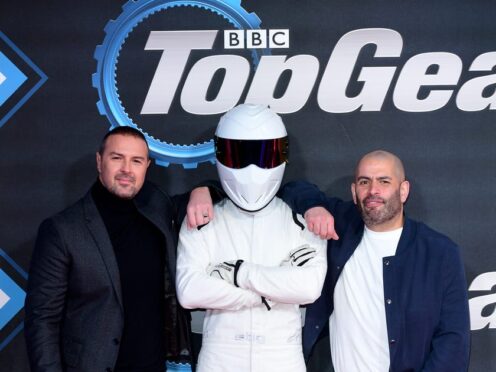Since the revival of Top Gear in 2002, the motoring show has made a name for itself as highly entertaining and controversial.
The revamped BBC series has hit the headlines due to crashes, diplomatic incidents and criticisms of the line-up.
A previous iteration of the show, which ran from the 1970s until the 2000s and was also called Top Gear, had been more a mix of road safety and consumer advice.
In 2002, Clarkson presented the new show alongside Richard Hammond and Jason Dawe – who was replaced by James May – which featured stunts, celebrities and challenges in a new studio at an old aircraft hangar.
The series attracted controversy with the following moments:
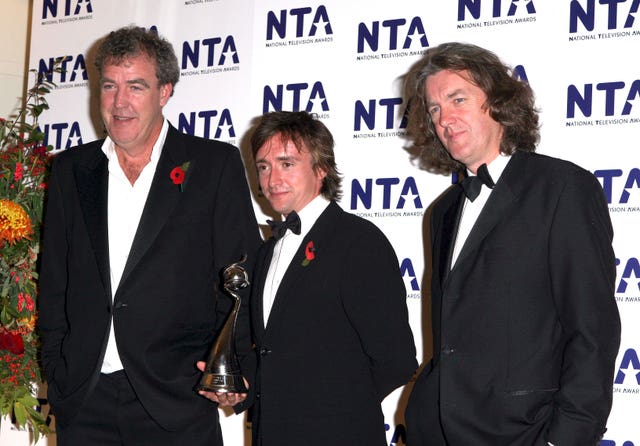
– Richard Hammond’s crash
In 2006, Hammond was filming for Top Gear when he crashed a jet-powered dragster called Vampire at nearly 320mph at the former RAF Elvington airbase near York.
The presenter was in a coma for two weeks and the incident left him with serious head injuries.
Hammond recovered and returned to the show in early 2007 but revealed in February this year that he fears he has memory loss as a result.
He told The Diary Of A CEO podcast that he has “just been too scared” to find out if his “longer-term memory (being) not brilliant” is related to the crash.
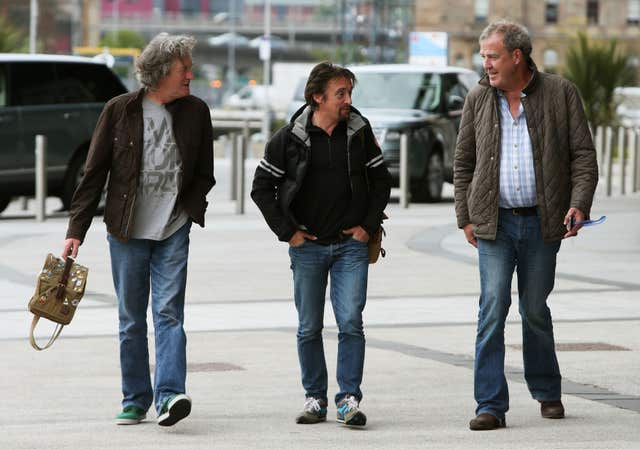
– Cultural controversy
In 2011, the Mexican ambassador criticised the show, which saw his country’s people branded “lazy”, “feckless” and “flatulent”.
The episode was cleared by Ofcom and the BBC apologised for comments made directly about the ambassador.
That same year, an episode in India featured a car fitted with a toilet in the boot and was described by Clarkson as “perfect for India because everyone who comes here gets the trots”.
The BBC defended the episode, which had been criticised by the Indian High Commissioner in London.
In 2014, the Top Gear presenters – including Hammond, May and Clarkson – were forced out of Argentina in a row over a number plate used while filming the series. Officials claimed that H982 FKL on a Porche – which was registered in May 1991 – was a reference to the 1982 Falklands War.
That same year, Ofcom ruled that there had been a breach of the broadcasting code by including an offensive racial term during the programme’s Burma Special.
Programme makers “did not apply generally accepted standards so as to provide adequate protection for members of the public from offensive material” according to the media regulator.
– Jeremy Clarkson’s ‘unprovoked attack’
In 2015, Clarkson was dropped from Top Gear over what the BBC called an “unprovoked physical and verbal attack” on producer Oisin Tymon.
His co-presenters, Hammond and May, quickly followed the departure and more than one million people signed a petition for Clarkson to be re-instated after his exit.
However, the trio did not return to Top Gear, and they went on to launch rival motoring show The Grand Tour on Amazon Prime Video.
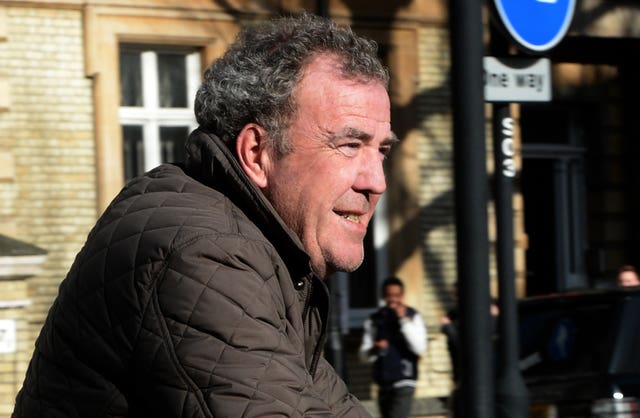
– Filming near the Cenotaph
Following the exit of Clarkson, Hammond and May, the BBC announced that radio DJ Chris Evans and Friends star Matt LeBlanc were among the new hosts.
Soon after, the BBC apologised after photos showed Top Gear filming near London’s war memorial.
The corporation said that “the Cenotaph at no point intended to feature in the programme and therefore will not appear in the final film.”
“We are acutely aware of how some of the images in the press look today via the angle and distance they were taken and for which, as Chris Evans has already said, we sincerely apologise,” the statement also said.
– LeBlanc and Evans depart as ratings fall
Evans and LeBlanc made their debut on screens in May 2016 and their first episode saw 4.4 million viewers, according to overnight ratings.
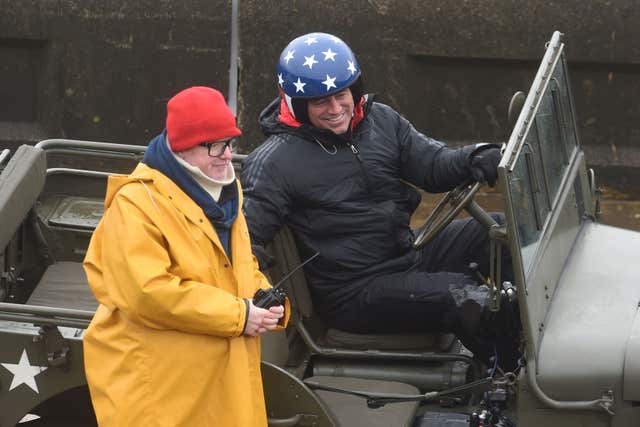
This was a drop of more than one million compared to the final episode of Clarkson, Hammond and May’s previous series, which scored 5.8 million.
The second episode suffered a drop in the overnight ratings, drawing just 2.8 million viewers, and the season finale had an average of just 1.9 million viewers.
Evans announced he was quitting the show the day after the series ended, saying that stepping down was “the single best thing” he could do to “help the cause”.
LeBlanc later signed a new two-series deal with the BBC to continue presenting Top Gear.
LeBlanc’s first series without Evans opened with an average overnight audience of 2.8 million and its finale had 1.9 million.
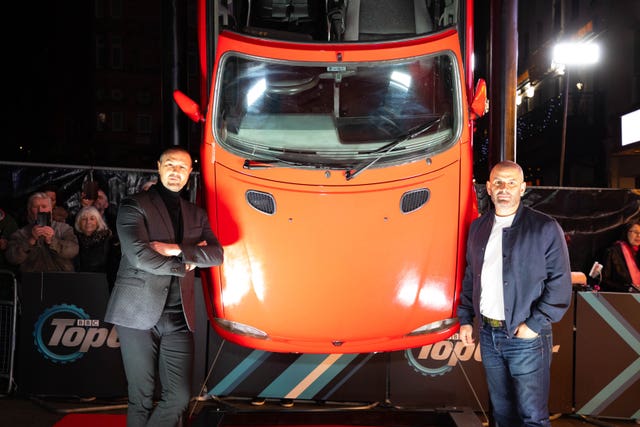
The actor then announced he was stepping down from the motoring programme, saying his “experience on Top Gear has been great fun”, but that it is too demanding a job and keeps him away from family and friends.
LeBlanc’s last episode had an overnight average of 1.9 million viewers, according to the broadcaster’s figures.
– Flintoff and McGuinness have several crashes
Take Me Out star Paddy McGuinness and England cricketer Andrew “Freddie” Flintoff were then announced in 2018 as presenters of Top Gear.
Motoring journalist and racing driver Chris Harris also presented the show alongside them.
Ratings improved to an average overnight audience of 2.5 million viewers in the first episode, which aired in June 2019 with the new presenting line-up.
In February 2019, Flintoff was involved in a minor incident when he crashed into a market stall in Mansfield, Nottinghamshire.
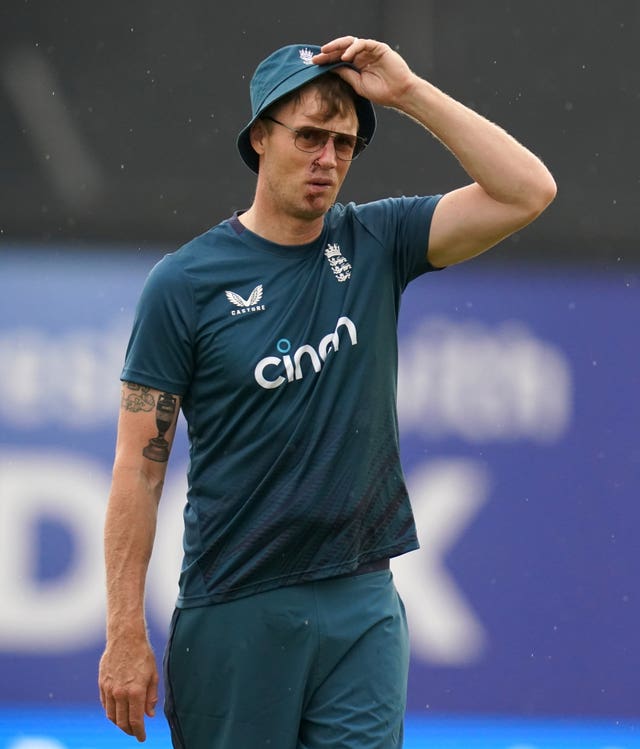
In September of the same year, he crashed again while driving a three-wheel vehicle at a reported speed of 124mph during filming for Top Gear at Elvington Airfield in Yorkshire, but walked away from the incident unharmed.
The next year, McGuinness crashed after skidding on oil and the moment was shown on the show.
In December 2022, Flintoff was taken to hospital after he was hurt while filming for Top Gear at its test track at Dunsfold Aerodrome.
He appeared with facial injuries in public for the first time in September, and in October the BBC reached a financial settlement with Flintoff.
